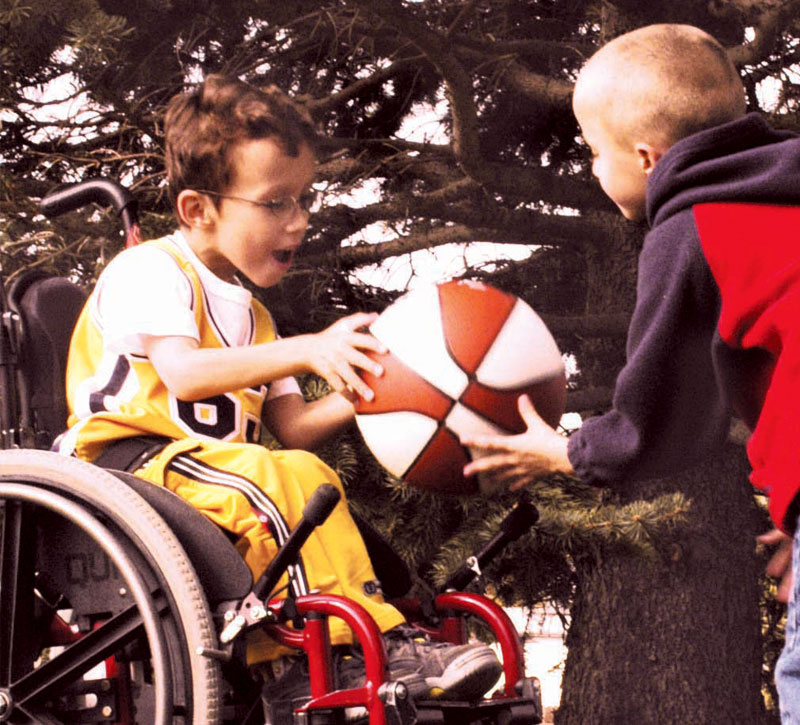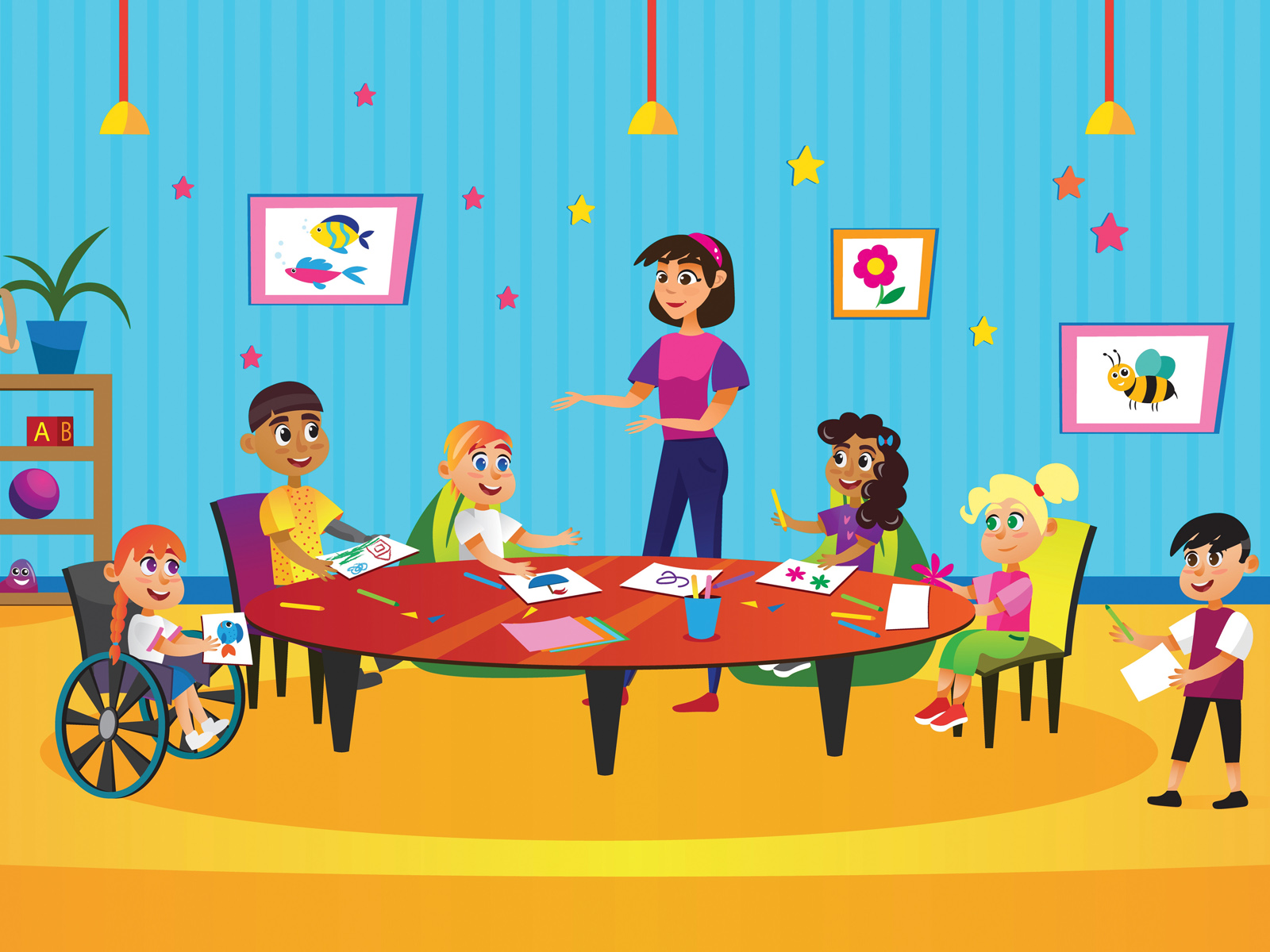A child’s role in equipment selection
By Stefanie Laurence, OT Reg (Ont)
As a parent, one of the challenges of raising a child with a disability is building in the decision-making process and giving a child age-appropriate responsibility. Fortunately, the need for mobility equipment gives many opportunities to allow a child to make choices.
Opportunities to choose
For instance, a child can participate in equipment selection. Involving a child may be as simple as allowing her to choose the colour of a wheelchair. After all, the colour chosen by the user is often a reflection of her personality. A colour that doesn’t show the dirt (that’s the mother in me talking) may not even be close to the choice of a girl who dreams of fairies and princesses.
During an equipment meeting, a parent can also remind professionals to talk with the child in a language that the child can understand. Children are sponges for information, and making sure kids know what is happening and why during an assessment will help start the education process about their bodies and equipment. An assessment can be started with a question such as, “Tell us what you like and what you don’t like about your solar system.” While a child may initially defer to a parent to answer questions, the child will often feel more confident after she realizes that her opinions will be listened to.
Opinions to consider
A child can also make decisions about the equipment fitting process. A child is a lot more co-operative at an appointment when she is not missing a favourite school activity or maybe got out of a “dreaded” class. On the other hand, the goal to get the seating “just right” may not be in the child’s best interest. I have had teenagers tell me that sometimes the hassle of getting something adjusted or fixed is just not worth it. Yes, there is a balance that has to be achieved.
 As a parent, I fully relate to how hard it is to let go Nonetheless, a child will only learn to make good decisions if she has the opportunity to make choices. The key is recognizing what situations a child can have free rein in. For instance, parents are often cautious about choosing power mobility because of the inherit risks provided by a power wheelchair. The most frequently voiced concerns are that a child will no longer try to walk and a child will get weak because she is not working her muscles. These concerns are countered by the view that the use of power will preserve energy for better participation in therapies and functional tasks.
As a parent, I fully relate to how hard it is to let go Nonetheless, a child will only learn to make good decisions if she has the opportunity to make choices. The key is recognizing what situations a child can have free rein in. For instance, parents are often cautious about choosing power mobility because of the inherit risks provided by a power wheelchair. The most frequently voiced concerns are that a child will no longer try to walk and a child will get weak because she is not working her muscles. These concerns are countered by the view that the use of power will preserve energy for better participation in therapies and functional tasks.
Choices to make
Having said that, there are children who choose not to have a means to move independently. The effort to drive a power chair safely and the responsibility of managing an electronic device can be overwhelming. One young man told me that he preferred being pushed because he enjoyed social interaction with the caregiver. To him, using a power chair meant isolation. Of course, the choice of power is dependent on the child, family, home, community and school. When a child becomes a power chair user, the parent has a new set of parenting issues. For example, the initial reaction of parents is to request that the speed be turned down. The electronics and the speed are adjustable on a power chair, and certainly should be set up to match the user’s age and ability to control the chair. However, if the child is able to control the chair’s speed, she needs to be taught to use it appropriately, just as an able-bodied child learns to use “indoor walking feet” and “outdoor running feet.
Seeking a child’s input helps develop independence skills. After all, decision-making skills will only be learned if opportunities to make choices are presented.
Stefanie is an Occupational Therapist who works with people with special needs, in a variety of roles, since 1980.
Reprinted from a previous issue of Today’s Kids in Motion.














